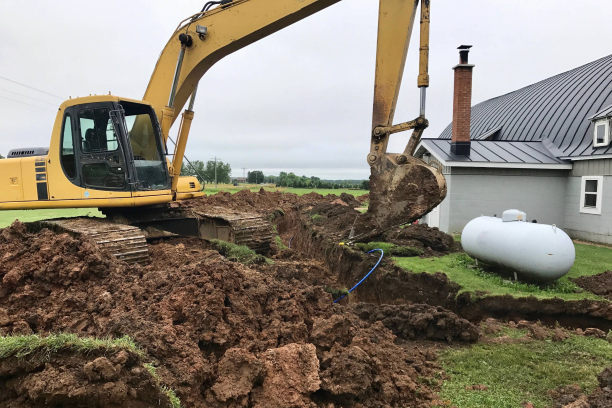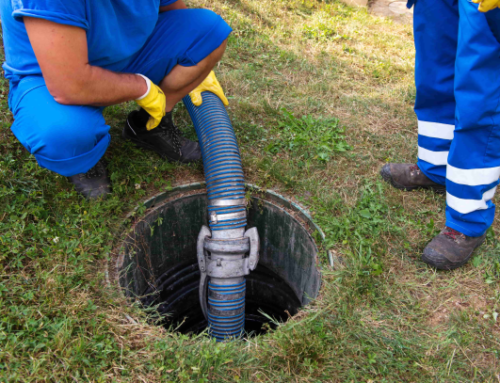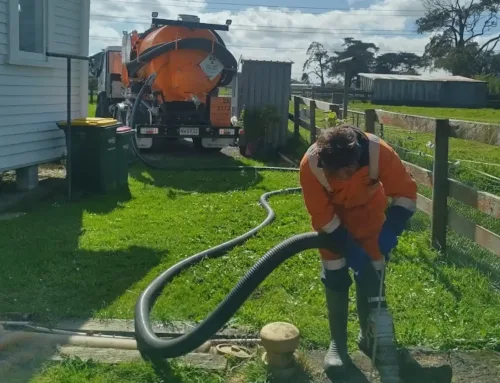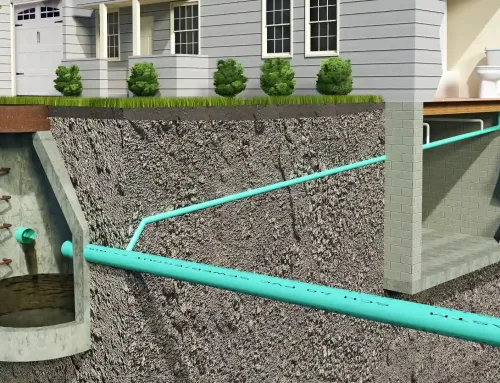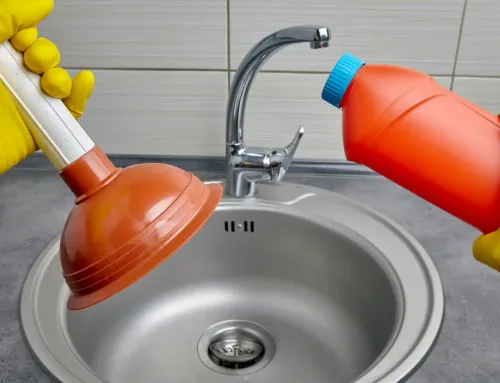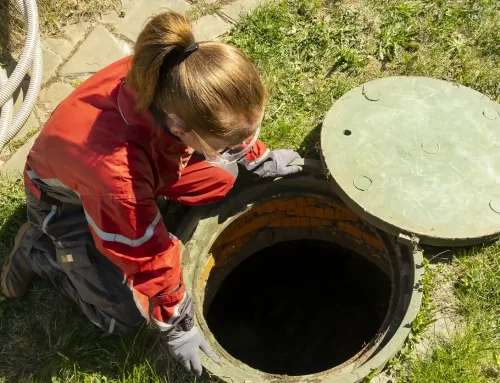Through routine maintenance, pumping, and inspection, a septic tank system can last you a good 25 to 30 years. Keep in mind, however, that even though your septic system is built to last, it also won’t last forever. As with all home appliances, a septic system deteriorates over time. Considering the wear-and-tear of everyday use, there’s a possibility your septic system will need to be replaced during your ownership tenure. As it gets old, it can cause you more problems. We‘re here to discuss the telling signs of septic tank failure, what to do, and when you need to replace them.
1. Recurring backups
Once you notice your toilets are not flushing fast enough or your sinks are backing up repeatedly, it may be a sign that your septic system needs to be replaced. Note that these issues should be happening regularly to justify a replacement. A single sink backup doesn’t necessarily mean that a wholesale septic system replacement is called for. It may just mean your septic system already needs to be pumped by professionals. However, constant backups may mean there’s a bigger issue that needs to be addressed immediately, particularly if your system has been recently cleaned and your drains recently unblocked.
2. Foul odours
When your drains clog, foul-smelling odours aren’t usually far behind. Bad odours are a telling sign that your septic tank is struggling to process its contents. Perhaps a bacterial imbalance in the tank has damaged the pipes or is producing gases that find their way back through your drains, toilets, and sinks. This is not just bothersome to the senses; it can also pose a health hazard when ignored.
3. Standing water
Once you notice a water puddle in your yard surrounding your septic system, it may mean the drain field is no longer regulating the wastewater it’s distributing. Instances like this will require immediate repair from a septic service company. In some cases, it may already require a replacement of your drain field. If you notice standing water around your septic systems, don’t just ignore it. Call to schedule a routine inspection to learn the root of the problem.
4. An extra-green lawn
A bright and lush lawn may seem pleasant to most of us, but greener grass around your drain field may be a sign that your septic tank already needs to be replaced. Your septic tank may be feeding wastewater too quickly into the soil if the pipes of the drain field have deteriorated significantly, due perhaps to splits from tree roots or seismic activity. The excess wastewater then fertilises the grass, making it lusher even without you watering it. While you may find this a good problem to have, failing to address this issue could result in the hastened collapse of your drain field.
5. Excess pumping
Consistent, dense clogs and slowing drainpipes may require you to schedule a pumping session from experts. However, if you’re pumping more frequently than before, you may already need to replace your septic systems. Take note—frequent pumping isn’t synonymous with regular pumping. Regular pumping usually happens every one-to-three years, depending on household size and usage. If your septic tank needs to be pumped more often than that, it may mean your septic system is too old to function optimally.
Unsure whether it’s time? Ask Streamline!
Proper septic tank maintenance is essential to extend the life of your septic systems. Routine check-ups and scheduled pumps ensure your system continues to function smoothly. However, there will come a time when your septic tank can no longer perform to its potential, regardless of the work you put into it. We recommend replacing your system rather than continuing to shell out on costly repairs. If you’re still on the fence about replacing your septic system, we can help! The team at Streamline can diagnose your septic issues and provide a deeper understanding of your septic system’s condition. If your septic tank is nearing its end, we’ll walk you through the next steps of septic tank replacement. Contact us today!
